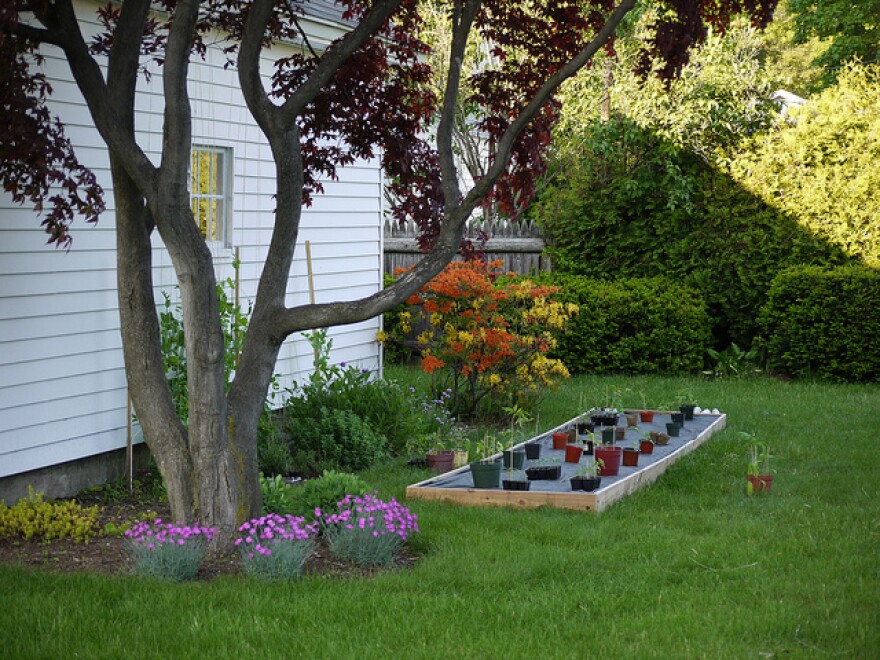This time of year finds a lot of people working in their gardens. Good gardeners pay attention to their soil.Just like above ground, there’s a diverse world of wildlife below ground competing for space, nutrients, and performing roles that support life on Earth.
Microscopic bacteria species by the millions; root fungi that deliver nutrients to plants; worms, ants and other insects aerating the soil and adding nutrients through their droppings and—post mortem—as their bodies decay. Minerals laid down long ago are constantly breaking down through weather and erosion.
Some gardeners don’t roto-till their soil to avoid upsetting that unseen world and the nutrients it delivers. The more nutrients in garden soil, the more nutrients in the food it produces. Gardeners take care where to walk to avoid compacting their soil. Mimicking nature, they add a top dressing of mulch to retain moisture. In the natural world, a layer of decaying leaves provides that service.

As for dirt, by definition that’s soil that gets displaced, dumped as fill along roadsides, perhaps. Or tracked indoors during mud season. New Hampshire’s dirt roads are accurately named. Dirt has lost its home place, the living community and long history that build soil. It’s lifeless, but given enough time soil builds up again, slowly, as leaves fall and decay and a few plants adapted to poor soils grow and decay, too.
More often than not, soil is abused: compacted, stripped, moved, eroded—treated like dirt, as the saying goes. As we tend our yards and gardens on Memorial Day, or volunteer at a local schoolyard or community garden, mulching, adding compost and other soil amendments, treading lightly, we’re doing good work.









